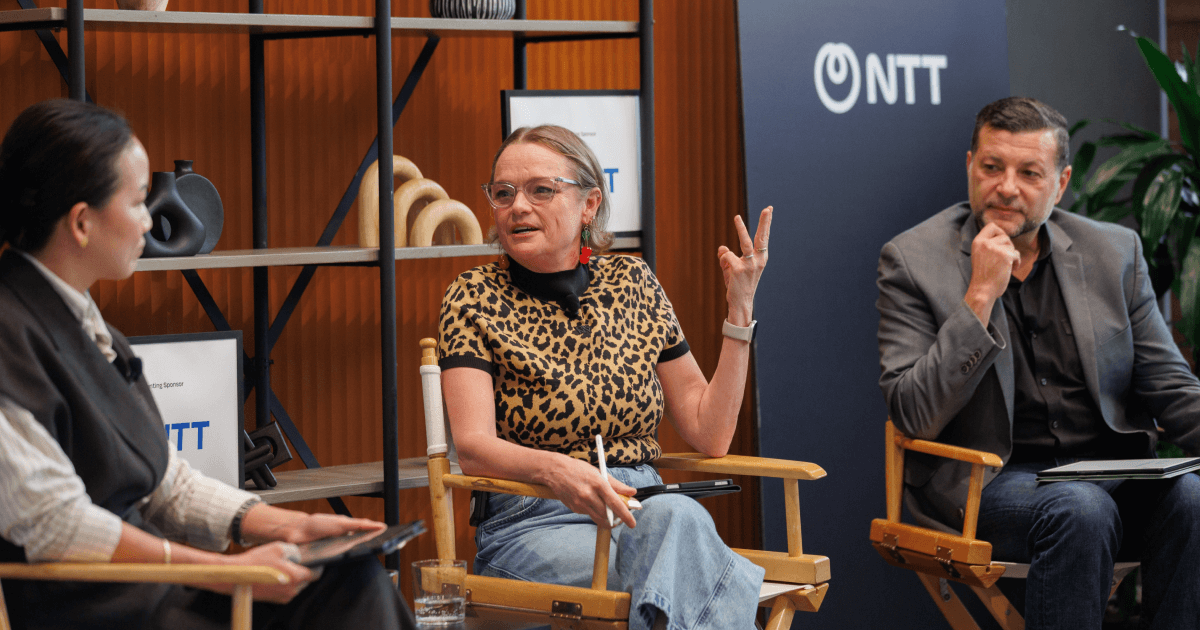Unlearning linear: Getting started with AI agents in the enterprise



If you’ve been following this series, you know we’ve been exploring how AI is changing knowledge work. Developer productivity tools, and now AI agents are forcing us to rethink our linear work patterns and update our models for scale. That was theoretical; now it’s time to get practical. How do you get started using AI agents inside an enterprise?
If you’ve played around with ChatGPT’s deep research function, then you’ve already used an AI agent. While it might not “feel” any different than the chat-based interface you’re accustomed to, these are agents under the hood — gathering and synthesizing data, providing summaries and often making recommendations.
From prompt to action
Our primary interface, even from an agent perspective, is going to start off with a prompt. Anyone who's worked with LLMs in a chat-based interface is familiar with the flow: you put stuff in, get an output, and then take that output and work with it some more. Then you’re putting it back in for AI to keep working and so on and so forth. That loop is what an agent (more specifically, a series of agents) is doing automatically. There are also points where the agentic process returns flow to a human to confirm or course correct.
There’s a progression for the type of tasks agents are performing from more basic and less risky (1) to more sophisticated and increasingly risky (5):
- Summarization
- Interpretation
- Recommendation
- Delegation
- Action
I trust my AI tools to do one through three very well. The fourth and fifth…, it depends. For example, I’d be comfortable with an AI agent acting in approving PTO requests on my behalf but not signing a binding legal document. As we experiment, we keep a human in the loop to assess, and course correct.
Getting started
Here are some things I’m doing today that you can absolutely start doing today, too:
- Meeting transcription, summarization and synthesis – I ask to record all meetings and use the transcript and meeting summary as a knowledge base for further refinement and synthesis. Contextually, the main themes, attendees and threads frame the structure I’m working on. The meta-data from the notes, including the topic, date and attendees for the discussion create contextual binding on the dimensions.
- Asynchronous background research, on the fly — Pulling together a brief on an individual, company, or project used to be a foreground task, but now, it’s something that can be kicked off and run in the background. The brief becomes not only a time compressor for individuals, but it also becomes part of the background, and grounding for the accumulated knowledge.
- Multi-modal idea distillation — the ability for models to interpret different input types is another powerful capability. Voice transcription isn’t just for meetings, it’s useful anytime you want to capture thoughts but don’t have hands-on-keyboard. On walks or drives, I record stream-of-consciousness voice notes on a particular problem space or topic. Handwritten notes, post its and whiteboarding sessions can be instantly ingested and added to the body of knowledge rather than something that must be further transcribed and synthesized.
- All of this “raw material information” can then be organized, summarized, used and re-used in a myriad of contexts. Organizing notes and themes, looking for signals in the noise, extracting different threads and re-usable components from the body of knowledge — all this is not only accelerated — but it’s something I can come back to later and pick back up where I left off.
You’re still the final filter
As you start delegating tasks like this, readjust your expectations as far as speed goes. You’re parallelizing tasks, but each one is running asynchronously. You’ll still gain the benefits of time compression, but individual tasks will take longer than your previous synchronous work patterns of request / response.
Another thing to keep in mind: it’s on you to be the final check on quality and accuracy. In the case of using an agent for research, it’ll provide links back to the source material. When you read through, do not assume the system is faultless. Judge how correct you need it to be — if you’re quoting something as a regulatory requirement, you need absolute certainty. One way I check is by running an output back through a model and asking, “Are there any things in here that look like they're incorrect or hallucinations?” I often play models against each other, for example I’ll have Claude check the work of Open AI models and vice versa.
Another important thing to address is security. Whatever AI tool or model you’re using, make sure you’re using it safely, meaning you’ve configured and opted out of it training on your data (the info you’re putting in). So, you're using a paid version, and if required, you've explicitly opted out. That process looks a little different for each tool - ChatGPT requires you to send an email to opt out, whereas Claude doesn’t train on your data, period. Gemini, you need to turn off the app's activity.
Tools and connectors
With your security bases covered, next think about tools and connectors. In other words, how you give an agent access to the information it needs to do its job. You might allow the agent to do things like web search or connect to SharePoint, GitHub, or your source code repository to search for documents. If enterprise policies block those connections, you may need to upload documents directly into the chat interface.
In the experimentation phase, this all still happens through the chat interface, but the goal is to automate it. The point of an agent is that it knows when to go get something specific and bring it in. If you're creating an agent to draft an RFP response, it should have access to previous responses, ideally in a rag database. From a data prep perspective, everything needs to be machine readable, as close to plain text as possible.
The Model Context Protocol (MCP) acts as a translator between APIs and agents, giving large language models structured instructions on how to interact with tools. It doesn’t just help agents get information — it lets them act. With MCP, agents can bypass user interfaces and directly orchestrate tasks through APIs. This enables real delegation: instead of clicking through a Graphical User Interface (GUI), the agent can handle a JIRA ticket, modify a Zscaler setting, or query a file system. Security is key—only use trusted MCP servers from official vendors or open-source versions you can inspect. Done right, MCP streamlines work across systems like JIRA and SharePoint (once connectors are available), shifting tasks from human hands to intelligent agents with minimal friction.
Start somewhere, but start now
AI is a huge time compressor for me. Also, I still find that my best stuff comes from me and my writing. I am constantly taking what AI gives me, reshaping it, running it back through, and reshaping it more. I almost never let AI’s output be my final answer. I write my prompts in a completely separate space from the chat interface as part of this process. I’m not saying this is the right way to do it, but it’s the way I do it and what works best for me.
To wrap it up: no one can afford to sit on the sidelines anymore. This isn’t the time for endless “what about” questions or debating whether the technology is real. It’s here, it’s useful, and it’s moving fast. The only question is where and how you’re going to start applying it in a real, meaningful way. Doing nothing isn’t an option.



